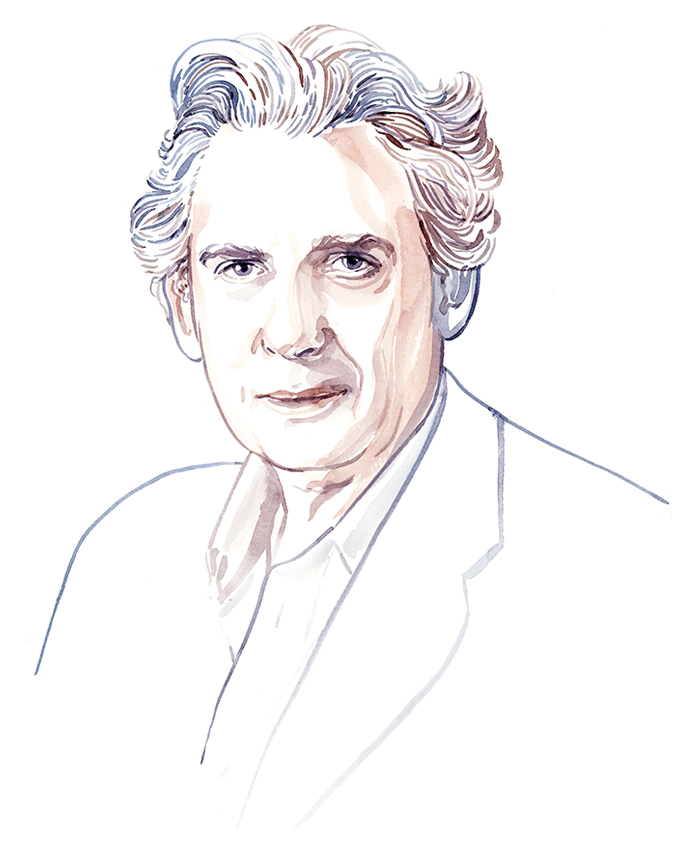
The Value of Urbanism by Ricky Burdett
550 Madison: A 21st Century Place-maker
Ricky Burdett is Professor of Urban Studies, London School of Economics and Political Science.
The importance of high quality public space to successful working environments was set in stone in the 16th century by the Grand Duke of Tuscany, Cosimo de’ Medici, when he built the Uffizi complex to accommodate the offices (uffizi) of Florentine magistrates. Today, one of the great museums of the world is defined by the elegant courtyard that acts as a forecourt to the galleries and a living room for the city. Closer to home, the 1930s Rockefeller Center created a new vision for a working environment equally focused on highly-crafted, well-proportioned and much-loved public spaces that have added value to the daily experience of local workers and New Yorkers alike. Both projects, though centuries and cultures apart, recognize that well-designed and active open spaces are critical to the lasting success of inner city projects and developments. They leave their mark on the city and enrich the experience of their occupiers.
Starting in the mid-1980s—at about the time Philip Johnson’s AT&T was completed—major developers, investors and property owners began to realize that providing a great building, with efficient floorplates and flexible working spaces, was not enough to satisfy an increasingly sophisticated urban market. The need to create a “sense of place” was seen as an important ingredient of creating “value.” Places where people could meet, talk and be distracted outside the confines of the office floor, but where they could feel a sense of ownership and pride. Battery Park City, Broadgate, and Canary Wharf are just a few examples from that period that put as much emphasis and investment into the landscape, planting, lighting and paving between the buildings—as well as retail, food and entertainment—as to the aesthetics and functionality of buildings themselves. In all cases the investment has paid off, with tenants making the most of this innovative form of city-making.
As new technologies and ways of working have affected the lives of millennials in the early 21st century, even more innovative forms of place-making are emerging. The Kings Cross redevelopment in London—which has created a new piece of city around public squares, art installations, fountains, pocket-parks and play areas with imaginative food offers, social and cultural activities—has transformed the neighborhood from unfriendly and depressing to cool and desirable. Construction for Google’s huge new London headquarters is scheduled to begin in 2018. New York’s High Line has set its own standard for making something out of nothing: integrating redundant industrial architecture with inspiring landscaping which has, literally, transformed an entire area of the city. The ability to walk, talk and hang out has generated investment which has brought new residents, office workers and investors to an otherwise indifferent area of Manhattan. The identity of the neighborhood has changed forever. They key to the project is the quality of the design of the public space, its accessibility and sense of place.
550 Madison represents a fresh opportunity for New York to take place-making to another level. It will have a transformative effect on the Plaza District, becoming a prestigious player in the revitalization of the overall city at large, destined to improve the daily experience of those who will work in the restored office tower and its surroundings in New York City.